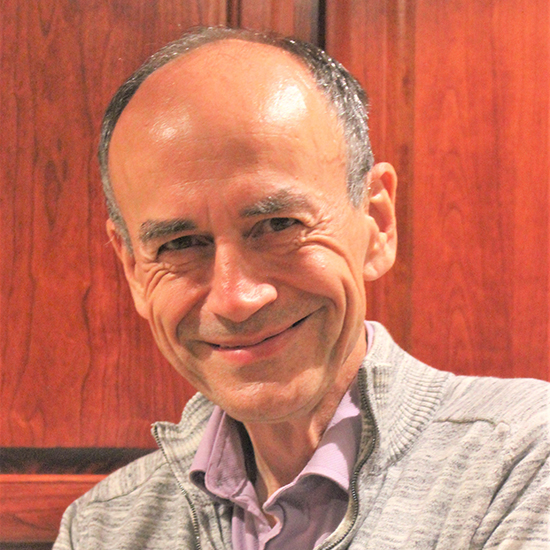Thomas Christian Südhof was born in Göttingen in 1955, and obtained his M.D. and doctoral degrees from the University of Göttingen in 1982. Südhof trained as a postdoctoral fellow with Mike Brown and Joe Goldstein at UT Southwestern in Dallas from 1983-1986, and then served on the faculty there until 2008. In 2008, Südhof became the Avram Goldstein Professor at Stanford University; in addition, Südhof has been an Investigator of the Howard Hughes Medical Institute since 1986.
Südhof’s work focuses on synapses, both on the mechanisms that enable the precision, speed, and plasticity of synaptic transmission and on the molecular organization of the trans-synaptic signaling machinery that mediates synapse formation and synapse specification. His work, among others, identified synaptotagmins as Ca2+-sensors for pre- and postsynaptic exocytosis, described the functional design of active zones coupling Ca2+-channels to synaptic vesicle eoxcytosis, and revealed the central role of neurexins as trans-synaptic organizing molecules. Südhof is a member of the National Academies of Sciences and of Medicine, and received several awards for his work, including the Alden Spencer Award (1993), the Bristol-Myers Award in Neuroscience (2004), the Lasker-deBakey Medical Basic Research Award (2013), and the Nobel Prize in Physiology or Medicine (2013).
Awards
-
Nobel Prize in Physiology or Medicine
Jointly with James Edward Rothman ForMemRS and Randy Wayne Schekman ForMemRS

